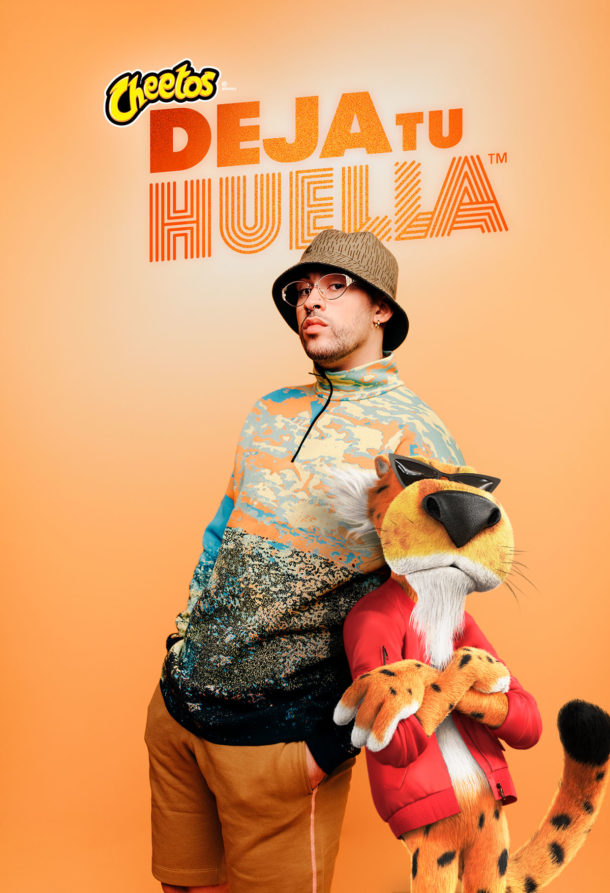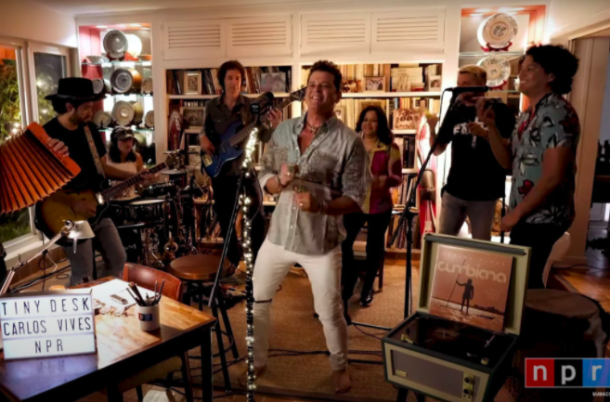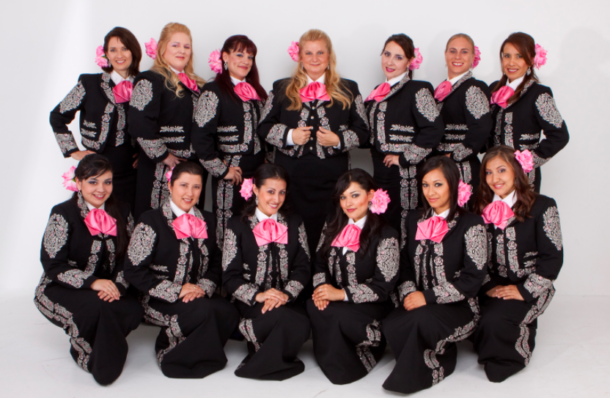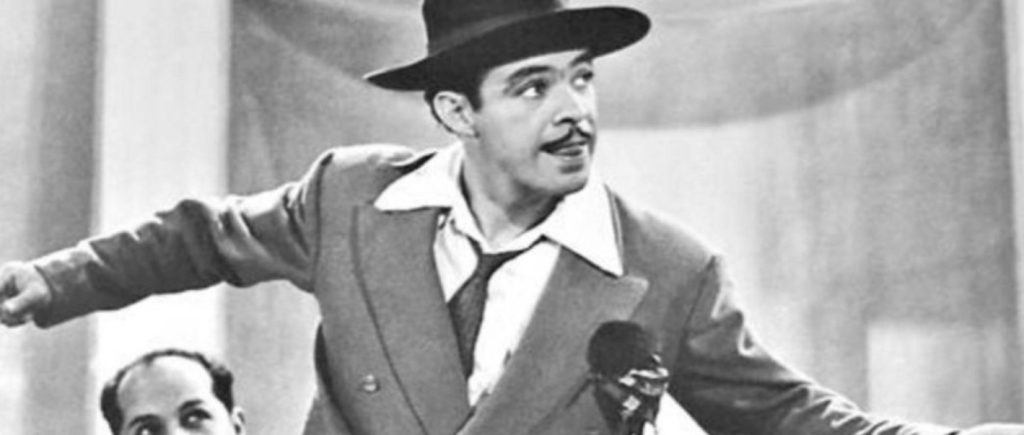Eva Longoria is expanding her empire…
The 46-year-old Mexican American actress, director, producer and activist is launching her new luxury sipping tequila, Casa Del Sol.
Longoria’s Casa Del Sol continues and celebrates tequila’s Mexican roots in its brand and its cultivation. Tequila, a distilled liquor rich in its flavor and its Mexican heritage, is made from the fermented sap of the Mexican maguey or agave plant. It’s named after Tequila, a small town in Jalisco, Mexico.
Casa Del Sol is inspired by the magic of the golden hour and Mayahuel, the Aztec goddess of agave. The ultra-premium spirits brand is made from 100 percent Blue Weber, offering three types of tequilas: Blanco, Reposado and Añejo.
“When this brand came to my attention, it was really the first time that a tequila came at me with an authentic connection,” Longoria says of Casa Del Sol in an interview with For(bes) the Culture. “They were all about authentic Mexican roots; they were all about talent. Talent behind the actual liquid – the actual juice. I loved the idea that you could bring casual drinkers and enthusiasts together to enjoy a product that was founded with authentic Mexican roots with strong female influence.”
Casa Del Sol’s strong female influence comes from the collaboration between Longoria and her team, Alejandra Pelayo, Casa Del Sol’s head of production; and Marina Padilla, Casa Del Sol’s Artesana Tequilera. Pelayo and Padilla are the minds behind Casa Del Sol’s honest Mexican history and image. Pelayo is the goddaughter of the late Francisco Alcaraz, who created one the most successful tequila brands in the world, while Padilla is a Mexican artisan and daughter of Paco Padilla, cultural ambassador of Jalisco. In an industry as male-dominated as tequila, their leadership is significant.
According to an estimate from Mexico’s Tequila Council, in 1999, only 12 of the nation’s 152 producers are women. Though an increase from the eight in operation in 1999, because Mexico had only 79 producers at the time, the share of women-run brands has decreased. While women aren’t the sole producers of Casa Del Sol, Longoria says she loves lifting up and highlighting the women who play a “pivotal” role on its team.
“Legacy and authenticity are huge components of Casa Del Sol, and it was important for us to pay homage to the past through every facet of the brand, including our logo, which is visibly inspired by Mayahuel, ‘The Goddess of Tequila’,” says Padilla in a press release sent to For(bes) the Culture. “Our long-standing Mexican roots, rich heritage, and distinct aging process have paved a way for the future, helping to create a brand unlike others in the space,” says Pelayo.
On top of there being a shortage of women who produce and own tequila companies, more and more tequila brands are being created and led by people outside of the Mexican community. Longoria says Casa Del Sol having a genuine Mexican background was vital.
“I think it’s important. When you think about champagne, I would like to be in good hands with some French people making that,” says Longoria. “For us, it was really important that, first and foremost: the way it’s made. The craftsmanship in which tequila is made is preserved. It is a thousands of years old process.”
“We partnered with this third-generation distillery— with a female CEO, by the way— who really took extreme care about keeping the craftsmanship of what it is to make tequila instead of exploiting it, honoring it,” she adds.
Hispanic Heritage Month kicked off on September 15 and runs through October 15. For Longoria, loving and honoring her Hispanic heritage is an everyday passion.
“I celebrate being Hispanic every day of my life. I don’t need a month, or week, or a day to remind me of how beautiful our culture is, and how creative and talented and innovative our culture is. Whether it’s in television or film or music or business, we are the fastest-growing demographic in the United States. We’re probably the largest community that has the most historic roots in the United States. I’m a ninth-generation American. I never crossed a border. The border crossed us. So, we are woven into the fabric of what this country is—deeply woven into that fabric. American history is our history. Our history is American history. I pretty much celebrate it all the time. Every corner, there’s me. Waving the la Bandera. Waving the flag.”
Casa Del Sol is available in select retailers and restaurants throughout California, Colorado, and Florida. It will be available for purchase nationally by early 2022.











